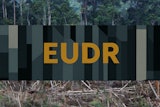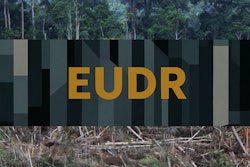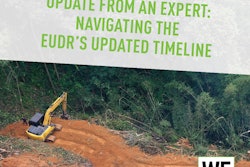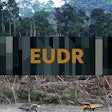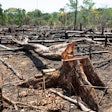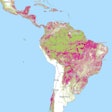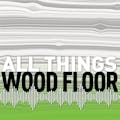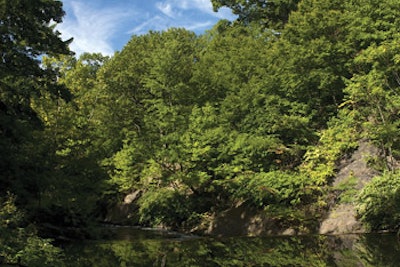
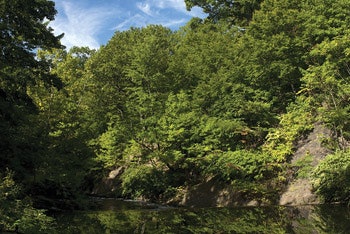
There are thousands of species of trees. Some you use daily on the job site; some you may have only heard of; others remain mysterious. Fortunately, the Consortium for the Barcode of Life's (CBoL) Plant Working Group's recent agreement on a standard plant DNA barcode for identifying the world's flora has paved the way for all of the approximately 100,000 trees of the world to gain a positive ID through TreeBOL, a worldwide tree barcoding project sponsored by a grant from the Alfred B. Sloan Foundation of The New York Botanical Garden (NYBG) and managed by the NYBG's Dr. Damon Little. Researchers around the globe are now collecting tree barcode data for their geographic regions, and this data will have direct applications for the forest industry, particularly timber certification. "Currently, it can be difficult to determine exactly which species a wood product was harvested from. The technique of barcoding, in combination with a good reference library, will allow the testing of wood products to ensure species identifications are correct," Little explains, adding that forest management also could see benefits. He and Brazilian collaborators are now conducting tests to see if DNA barcoding of bark samples, a minimally invasive procedure, can be used to accurately estimate species composition and relative abundance, Little says. If so, "managers will have much better data to use for policy decisions," he adds. Trees, it's time to stand up and be counted.









